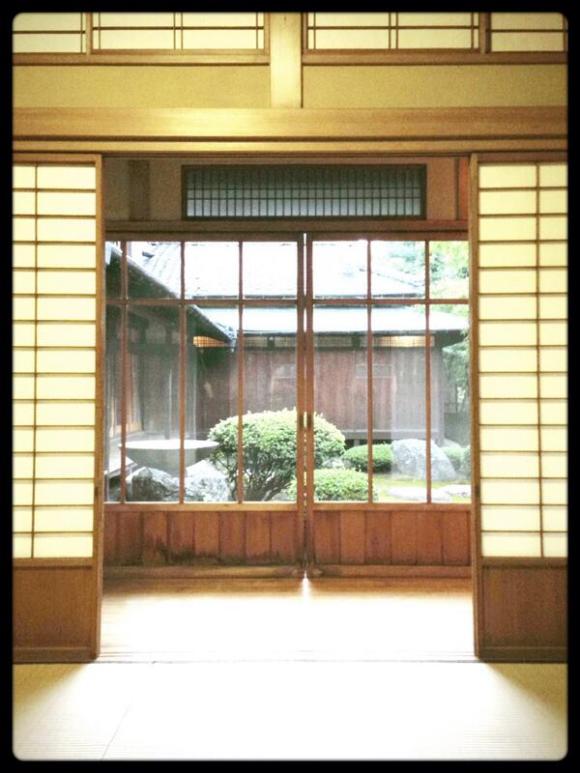
Most Japanese history buffs know that Kyoto is a must-see, but for those who prefer not to be one in a mob of tourists, it’s essential to find the hidden gems like the Kyū Asakura House. It is one of those rare places where you can experience what it may have felt like to live in another era—and this one is in the middle of Tokyo! Because it is relatively small and not too well known, visiting is a peaceful experience.
Built in 1919 (the eighth year of the Taisho era), this building was the former residence of the Asakura family. Torajirō Asakura had it constructed not only as a residence, but also as a place to hold formal meetings. He was the chairman of the Tokyo Prefectural Assembly as well as the Shibuya City Assembly, so you can see why he’d need rooms as large as the conference rooms that are so prominent in the floorplan. In 2004, it was designated as an Important Cultural Property and is now open to the public.
From the approach, you can appreciate the style typical of the period, with clay roof tiles and clapboard and stucco exterior walls.
Homes this lavish and elegant were rare even in the Taisho Era; only the rich would have been able to construct a mansion like this. It survived both the Great Kanto Earthquake in 1923 and the razing of Tokyo during World War II, so we’re lucky that it still stands today. The current caretakers do not take their role lightly—not only must you remove your shoes upon entry, but slippers are also banned to protect the floors.
The gardens are especially spectacular. You’d never think you’re in the middle of Tokyo with such lush plants growing so thickly!
The garden is also typical of the era: it is designed for strolling through, with a central pond and a path subtly created by changing the terrain with thoughtfully placed rocks and shrubs. The garden is also lined with stone lanterns and other elements that add to the picturesque qualities of the space.
▼ Even the mossy ground lends atmosphere.
The plants were also thoughtfully chosen, giving the inhabitants something to enjoy in each season—though visitors are most impressed by azaleas in spring and the bright red maple leaves in autumn.
Much of the charm comes from features that are unique to traditional Japanese buildings. Most of the rooms in the house are floored in tatami, woven reed mats. For those who have never had the pleasure of experiencing a tatami floor, it is firm but springy underfoot and perfumes the room with a sweet, grassy scent. The fragrance is most noticeable in the summer, but is the comforting smell of home year round for millions of Japanese residents.
▼ Did you just sigh? We sure did!
▼ This is the view from inside the Suginoma, or one of the “Cedar Rooms.”
▼ This is the same room as seen from the garden.
Another feature that adds enjoyment is the corridors that run alongside the outer walls.
▼ Fans of Akira Kurosawa films will be hearing the rustle of hakama right now.
▼ It’s not just the view that’s beautiful; the feeling of the old, polished wood floors through your socks is a pleasure.
It only costs 100 yen (US$1) for adults and 50 for children to gain entry, while people over 6o or with disabilities can come for free. For visitors who want to enjoy it frequently, a year pass is just 500 yen ($50). For a place that feels so remote, it is unbelievably easy to get to. It’s just a 5-minute walk from the Daikan’yama bus stop or Daikan’yama Station on the Toyoko Line or a 3-minute walk from the Hillside Terrace bus stop.
▼ Would you ever imagine you’d find such a gorgeous place in a neighborhood like this?
Now that you know about the Kyū Asakura House, you have no excuse not to stop by the next time you’re in Tokyo. You may never get another chance to step into old Japan!
Sources: Naver Matome, Shibuya City Office,
Images: Twitter, Shibuya City Office, 4travel, Twitter, Matome Naver, Twitter, Twitter, Matome Naver, Matome Naver, Matome Naver, Instagram, Matome Naver, Matome Naver

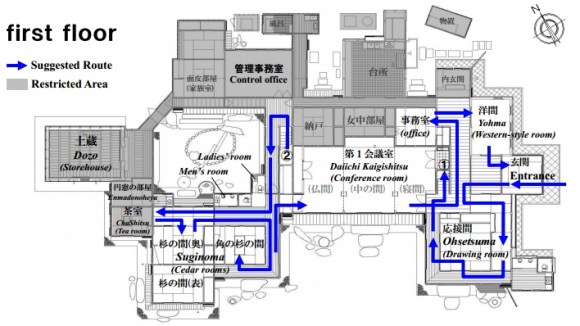
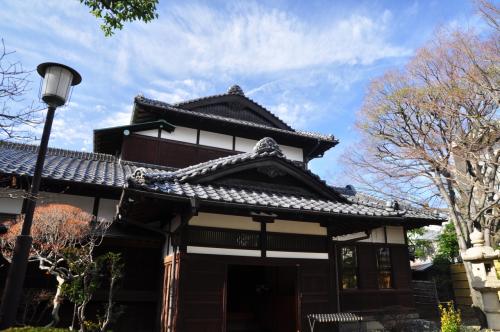
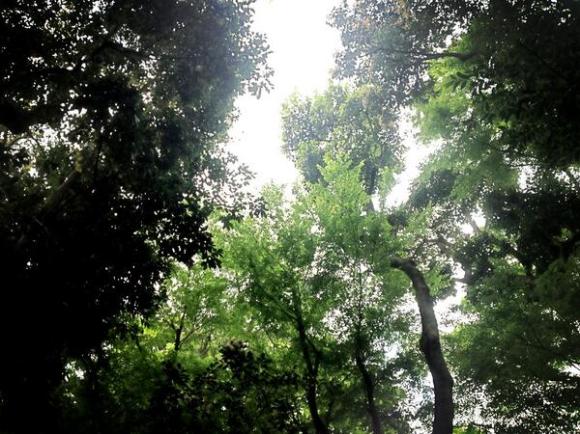
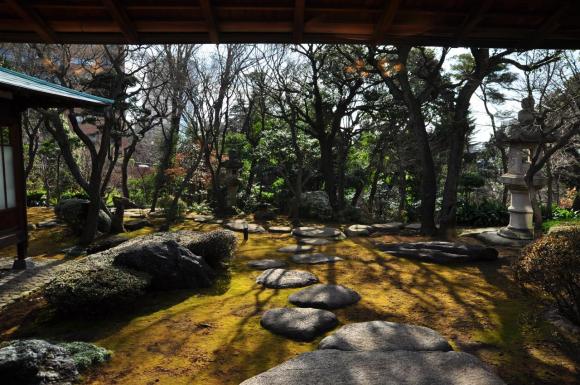
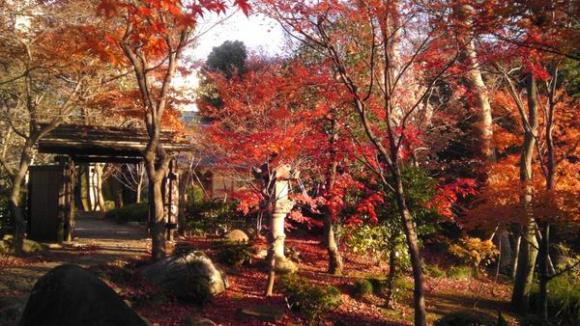
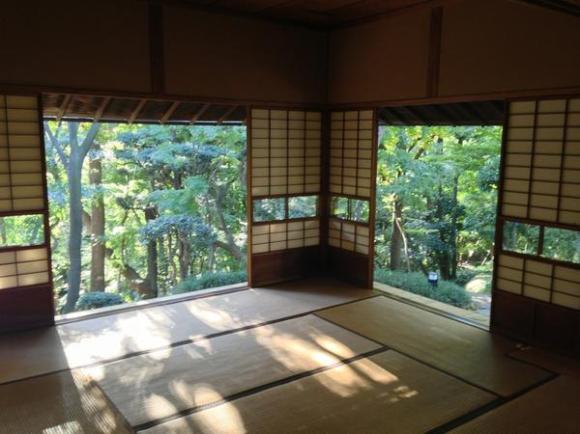
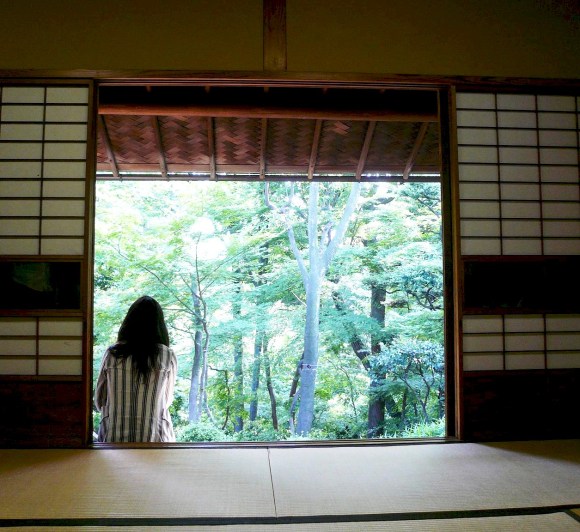

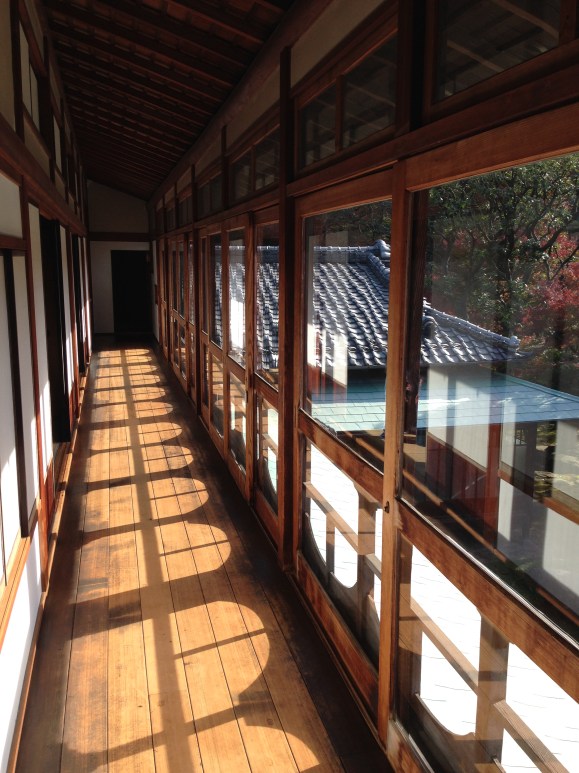
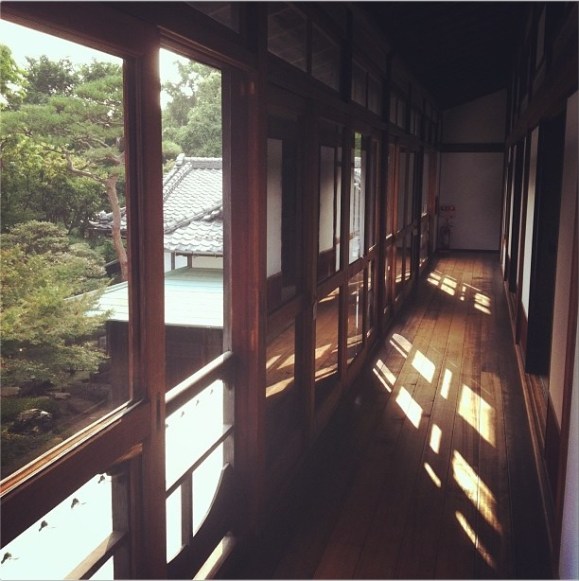
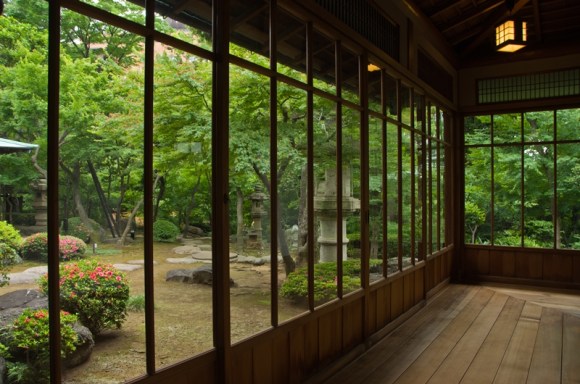
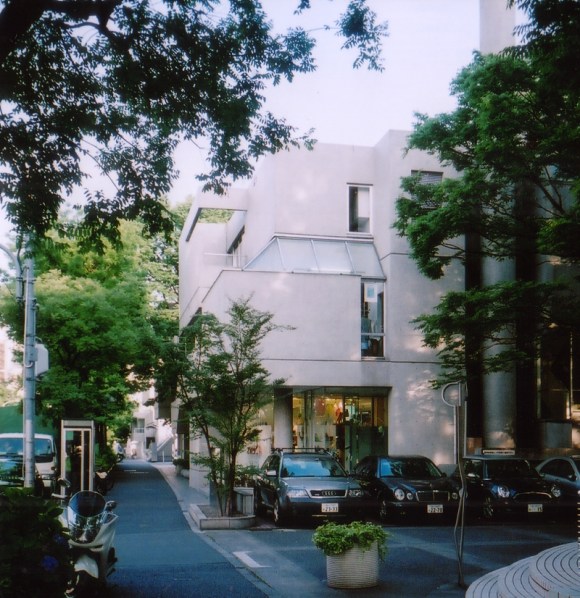
 Japan is home to the cutest bug in the world, but they’re on the verge of extinction
Japan is home to the cutest bug in the world, but they’re on the verge of extinction Fukuoka’s “Wisteria Tunnel” delights visitors with pretty pastel petals
Fukuoka’s “Wisteria Tunnel” delights visitors with pretty pastel petals Western media ranks the toughest women in animation, list unsurprisingly anime-heavy
Western media ranks the toughest women in animation, list unsurprisingly anime-heavy Five amazing Japanese Starbucks locations that let you keep sightseeing as you take a break
Five amazing Japanese Starbucks locations that let you keep sightseeing as you take a break Tokyo retro kimono photography service provides customers with gorgeous snapshots of the past
Tokyo retro kimono photography service provides customers with gorgeous snapshots of the past Foreigner’s request for help in Tokyo makes us sad for the state of society
Foreigner’s request for help in Tokyo makes us sad for the state of society Japanese city loses residents’ personal data, which was on paper being transported on a windy day
Japanese city loses residents’ personal data, which was on paper being transported on a windy day Historical figures get manga makeovers from artists of Spy x Family, My Hero Academia and more
Historical figures get manga makeovers from artists of Spy x Family, My Hero Academia and more Harajuku Station’s beautiful old wooden building is set to return, with a new complex around it
Harajuku Station’s beautiful old wooden building is set to return, with a new complex around it Suntory x Super Mario collaboration creates a clever way to transform into Mario【Videos】
Suntory x Super Mario collaboration creates a clever way to transform into Mario【Videos】 Starbucks Japan releases new mugs and gifts for Mother’s Day
Starbucks Japan releases new mugs and gifts for Mother’s Day Ghibli Park now selling “Grilled Frogs” from food cart in Valley of Witches
Ghibli Park now selling “Grilled Frogs” from food cart in Valley of Witches Red light district sushi restaurant in Tokyo shows us just how wrong we were about it
Red light district sushi restaurant in Tokyo shows us just how wrong we were about it Sandwiches fit for a sumo served up in Osaka【Taste Test】
Sandwiches fit for a sumo served up in Osaka【Taste Test】 Akihabara pop-up shop sells goods made by Japanese prison inmates
Akihabara pop-up shop sells goods made by Japanese prison inmates McDonald’s new Happy Meals offer up cute and practical Sanrio lifestyle goods
McDonald’s new Happy Meals offer up cute and practical Sanrio lifestyle goods Japanese ramen restaurants under pressure from new yen banknotes
Japanese ramen restaurants under pressure from new yen banknotes French Fries Bread in Tokyo’s Shibuya becomes a hit on social media
French Fries Bread in Tokyo’s Shibuya becomes a hit on social media Studio Ghibli releases new action figures featuring Nausicaä of the Valley of the Wind characters
Studio Ghibli releases new action figures featuring Nausicaä of the Valley of the Wind characters New private rooms on Tokaido Shinkansen change the way we travel from Tokyo to Kyoto
New private rooms on Tokaido Shinkansen change the way we travel from Tokyo to Kyoto Tokyo Tsukiji fish market site to be redeveloped with 50,000-seat stadium, hotel, shopping center
Tokyo Tsukiji fish market site to be redeveloped with 50,000-seat stadium, hotel, shopping center All-you-can-drink Starbucks and amazing views part of Tokyo’s new 170 meter-high sky lounge
All-you-can-drink Starbucks and amazing views part of Tokyo’s new 170 meter-high sky lounge Beautiful Ghibli sealing wax kits let you create accessories and elegant letter decorations【Pics】
Beautiful Ghibli sealing wax kits let you create accessories and elegant letter decorations【Pics】 Studio Ghibli releases Kiki’s Delivery Service chocolate cake pouches in Japan
Studio Ghibli releases Kiki’s Delivery Service chocolate cake pouches in Japan New definition of “Japanese whiskey” goes into effect to prevent fakes from fooling overseas buyers
New definition of “Japanese whiskey” goes into effect to prevent fakes from fooling overseas buyers Our Japanese reporter visits Costco in the U.S., finds super American and very Japanese things
Our Japanese reporter visits Costco in the U.S., finds super American and very Japanese things Studio Ghibli unveils Mother’s Day gift set that captures the love in My Neighbour Totoro
Studio Ghibli unveils Mother’s Day gift set that captures the love in My Neighbour Totoro More foreign tourists than ever before in history visited Japan last month
More foreign tourists than ever before in history visited Japan last month New Pokémon cakes let you eat your way through Pikachu and all the Eevee evolutions
New Pokémon cakes let you eat your way through Pikachu and all the Eevee evolutions Sales of Japan’s most convenient train ticket/shopping payment cards suspended indefinitely
Sales of Japan’s most convenient train ticket/shopping payment cards suspended indefinitely Sold-out Studio Ghibli desktop humidifiers are back so Totoro can help you through the dry season
Sold-out Studio Ghibli desktop humidifiers are back so Totoro can help you through the dry season Japanese government to make first change to romanization spelling rules since the 1950s
Japanese government to make first change to romanization spelling rules since the 1950s Ghibli founders Toshio Suzuki and Hayao Miyazaki contribute to Japanese whisky Totoro label design
Ghibli founders Toshio Suzuki and Hayao Miyazaki contribute to Japanese whisky Totoro label design Doraemon found buried at sea as scene from 1993 anime becomes real life【Photos】
Doraemon found buried at sea as scene from 1993 anime becomes real life【Photos】 Tokyo’s most famous Starbucks is closed
Tokyo’s most famous Starbucks is closed One Piece characters’ nationalities revealed, but fans have mixed opinions
One Piece characters’ nationalities revealed, but fans have mixed opinions We asked a Uniqlo employee what four things we should buy and their suggestions didn’t disappoint
We asked a Uniqlo employee what four things we should buy and their suggestions didn’t disappoint Princesses, fruits, and blacksmiths: Study reveals the 30 most unusual family names in Japan
Princesses, fruits, and blacksmiths: Study reveals the 30 most unusual family names in Japan Japanese thrill-seekers zip through the air after flying down 60-metre long slide in the rain
Japanese thrill-seekers zip through the air after flying down 60-metre long slide in the rain Neighbors Kamikitazawa introduces us to the cool side of shared Tokyo apartment rentals
Neighbors Kamikitazawa introduces us to the cool side of shared Tokyo apartment rentals Experience the horror of a haunted house at home with these spooky online events by Obaken
Experience the horror of a haunted house at home with these spooky online events by Obaken Add a little green to your life: Green moss terrariums are the new Zen gardens
Add a little green to your life: Green moss terrariums are the new Zen gardens Shibuya City Office serves up insanely cheap soba noodles, but are they any good?
Shibuya City Office serves up insanely cheap soba noodles, but are they any good? People in the Tokyo sky, and with no CGI! Photographer’s amazing photo tricks are all in-lens
People in the Tokyo sky, and with no CGI! Photographer’s amazing photo tricks are all in-lens If you were in a circus, what would you be? Your choice reveals your weakness!
If you were in a circus, what would you be? Your choice reveals your weakness! Check out these super-ultra-teeny-tiny bonsai! 【Photos】
Check out these super-ultra-teeny-tiny bonsai! 【Photos】 Here’s why Japanese supermarkets play “cheap” background music all day, according to Twitter
Here’s why Japanese supermarkets play “cheap” background music all day, according to Twitter Brand new Shibuya mall and hotel to open in September, promises riverside strolls and tasty food
Brand new Shibuya mall and hotel to open in September, promises riverside strolls and tasty food Japan’s Shachi Bus offers tour with no destination or leaving the bus, but something’s fishy…
Japan’s Shachi Bus offers tour with no destination or leaving the bus, but something’s fishy… Disaster video game series resurrected with support from the Kobe Fire Department
Disaster video game series resurrected with support from the Kobe Fire Department One of Tokyo’s low-key best rooftop views is about to disappear, so see it while you can【Photos】
One of Tokyo’s low-key best rooftop views is about to disappear, so see it while you can【Photos】
Leave a Reply